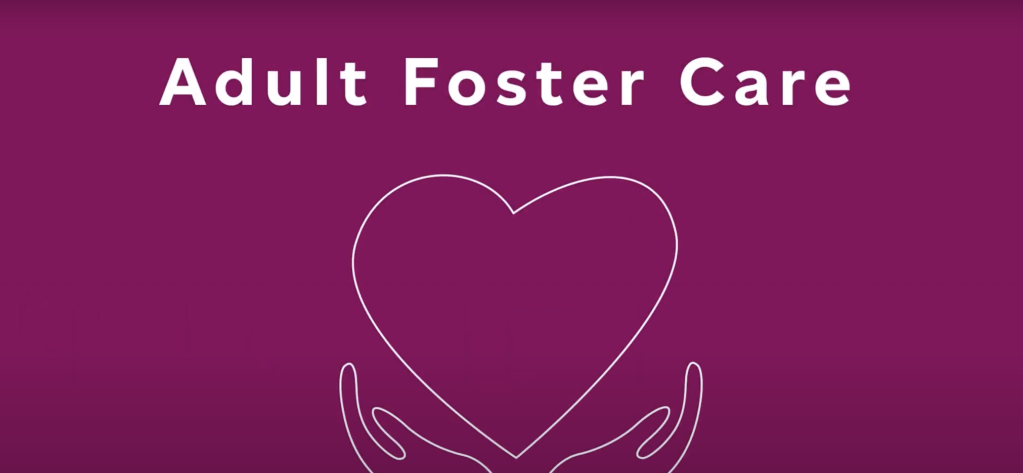
Understanding Strokes: How to Recognize Warning Signs of a TIA and Take Action
A transient ischemic attack (TIA) is a type of stroke. It is sometimes referred to as a “mini-stroke,” because it can cause stroke-like symptoms. Some TIAs last only a few minutes. Some TIAs last up to a few hours. Generally, when a person experiences a TIA, their stroke symptoms diminish or disappear after a period of time.
Strokes are usually one of two types: hemorrhagic or ischemic.
- Hemorrhagic stroke. A hemorrhagic stroke occurs when a weak blood vessel bursts in the brain.
- Ischemic stroke. An ischemic stroke is usually caused by blood clots blocking the arteries that supply blood to the brain.
TIAs are considered a type of ischemic stroke. That means TIAs are usually caused by blood clots blocking the arteries that supply blood to the brain. Since TIAs and ischemic strokes have similar causes, they may have similar symptoms. What makes a TIA different is the duration and the damage. A TIA lasts for a few hours or even minutes, and may not have lasting effects. An ischemic stroke lasts longer and results in permanent damage to the brain.
It is important to recognize signs and symptoms of a TIA or stroke. It is also very important to respond quickly to those signs and symptoms. A TIA is a serious medical event and the symptoms are indistinguishable from an ischemic stroke. If a loved one begins experiencing signs of any type of stroke, seek medical care immediately. If the stroke resolves and turns out to be a TIA, the person may be at increased risk of a more severe stroke. A stroke symptom or sign should always be given immediate medical attention.
Key Warning Signs of TIA and Stroke
An easy way to remember the warning signs that indicate the onset of a stroke or TIA is to think of the acronym FAST:
- Face. Facial drooping or drooping of the lips and eyes on only one side of the face, is a stroke sign. If someone’s face appears to have a droop, ask them to smile or purse their lips. If only half of their face moves, they may be experiencing a facial droop due to a TIA or a stroke.
- Arms. Arm weakness on one sideof the body is common during a TIA or If someone is experiencing symptoms of a stroke and arm weakness, ask them to lift both arms straight in front of them. Watch as they lift the arms to see if one arm drifts down or to the side, doesn’t lift, or if the person is unable to hold the arm in place. If the person is experiencing arm weakness, they may be experiencing a TIA or a stroke.
- Speech. A person having a stroke may experience speech difficulties.They may slur their words, be hard to understand, or be unable to speak at all. If someone is experiencing other stroke symptoms, ask them to repeat a simple sentence. If they cannot repeat the sentence or if they repeat it with confusing words, slurred speech, or at a pace slower than usual, they may be experiencing a TIA or a stroke.
- Time. If a loved one is experiencing any of the signs or symptoms above, time is of the essence! Seek immediate medical attention by calling 911.
In addition to the warning signs listed above, there are a few other symptoms that might indicate a person is experiencing a stroke:
- Vision loss, blurred vision, or double vision
- Difficulty walking, balance, or coordination
- Confusion and difficulty understanding what others are saying
- Dizziness or fainting
- Paralysis on one side of the body
- Feelings of numbness
- Severe headache
While many of the symptoms listed above can be caused by other medical conditions, it’s important to seek immediate medical care if a loved one who is at risk for stroke exhibits any of them. As noted, the time sensitivity for proper care and recovery makes it extremely important to seek medical attention right away.
Implications of a TIA
Most people will experience a TIA for less than an hour without any serious aftereffects. Nevertheless, a TIA is a strong early warning sign for a full ischemic stroke. One-third of all patients who experience TIA go on to have a full stroke.
The risk of a full stroke is especially high up to 48 hours after a TIA. Since it’s not possible to tell the difference between a TIA and stroke right away, any type of stroke symptoms should be addressed by a medical professional.
A TIA or stroke can happen at any time. It is important to take quick action and access medical care if a person is experiencing stroke symptoms. You won’t know right away, so act FAST by following the protocol above and seek immediate medical attention.
Are you caring for a loved one at risk for stroke at home? Seniorlink could help. Learn more about our coaching and support program for caregivers of Medicaid-eligible friends and family members.
More insights like this:
-

7 Immune System Booster Tips for Seniors
Read more: 7 Immune System Booster Tips for SeniorsThe immune system is the body’s first line of defense against viruses and infections, but the aging process can weaken the immune system. Throughout the COVID-19 pandemic, this became an increased concern for the caregivers of older or immunocompromised adults, as the risk of more severe symptoms and outcomes was much higher in these…
-

Massachusetts Adult Foster Care Eligibility Defined
Read more: Massachusetts Adult Foster Care Eligibility DefinedFor family caregivers, it’s crucial to create a community of support and utilize all the programs and resources available to you to improve your caregiver experience. In Massachusetts, the Adult Foster Care Program can be an excellent source of support, but eligibility can sometimes be overwhelming to navigate on your own. “The Massachusetts Adult Foster…
